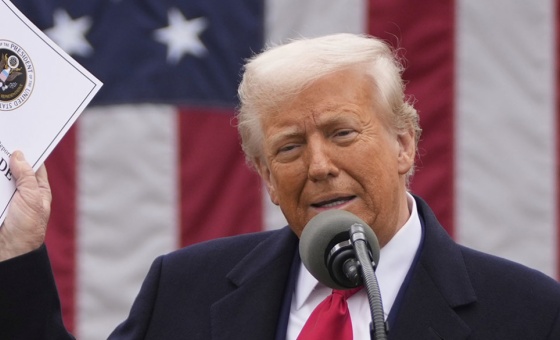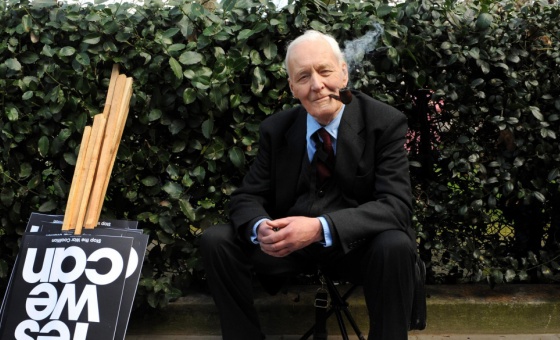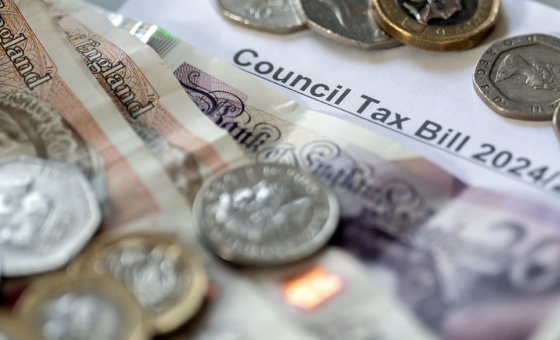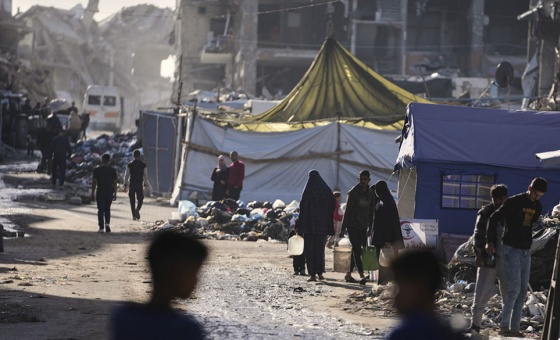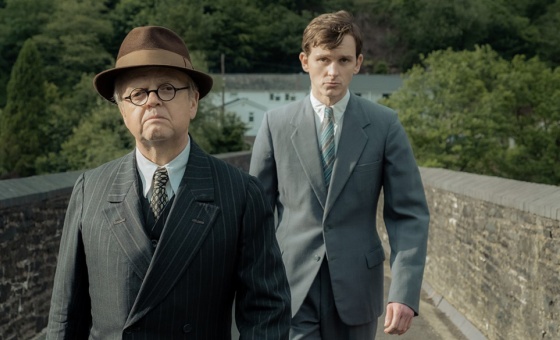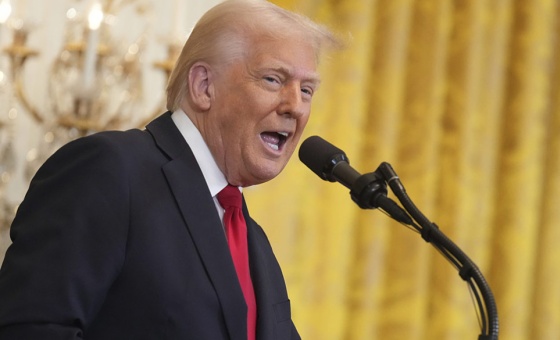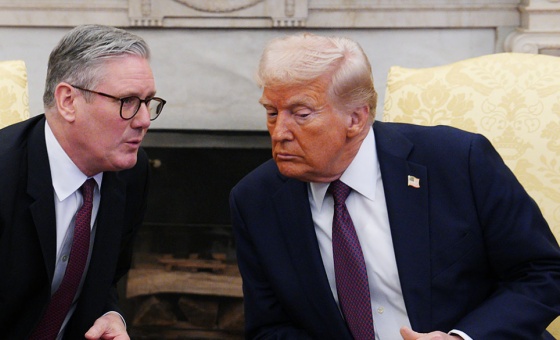This is the last article you can read this month
You can read more article this month
You can read more articles this month
Sorry your limit is up for this month
Reset on:
Please help support the Morning Star by subscribing here
ON AUGUST 6 1945 an atom bomb was dropped on Hiroshima, Japan, and a second one on Nagasaki three days later.
Destruction of the two Japanese cities was complete so that numbers of people killed can only be estimated. At least 100,000 were killed instantly or in the first day and many more later when the effects of radiation became known.
This was a horrific act of war that we hope never to repeat.
Coventry itself suffered extensive destruction during the second world war in 1940. For 37 years it has remembered Hiroshima in a special event at Coventry cathedral.
The new cathedral was built adjacent to the ruins of the old cathedral destroyed by bombing by Hitler’s Nazi air force, the Luftwaffe, on November 14 1940.
It is full of symbolism with donations from countries far and wide, such as the baptismal font from Bethlehem.
The Lord Mayor’s Peace Committee in Coventry holds the annual remembrance event on August 6 to promote peace and reconciliation.
Origami paper cranes are made to remember a girl, Sadako Sasaki, who lived one to two kilometres from where the bomb exploded when she was two years old.
Although apparently unharmed at the time she was exposed to radiation. Ten years later she became ill with leukaemia and died at the age of 12. She was told of a legend that if you make 1,000 paper cranes you can have a wish.
She made over 600 during her illness, many of them from medicine wrappings. The crane in Japan had mythological associations and was said to live for a thousand years.
It was a symbol of longevity and the making of paper cranes has now come to symbolise hope and a desire for peace and reconciliation because of Sadako.
Schoolchildren from Hiroshima make paper cranes in beautiful, coloured paper every year and send them to Coventry.
Coventry and Hiroshima have a special friendship and in Hiroshima there is a Coventry Club. Members of the Lord Mayor’s Peace Committee have visited Hiroshima in the past and this year Rhys Davies, who is a teacher in a Coventry secondary school, will visit in August. He will meet other teachers from a Hiroshima school with a view to setting up links and exchange arrangements with Coventry schools.
This year the need for peace in the world seems more acute than ever with news of wars in Ukraine and Gaza on our TV screens and social media feeds daily.
We hope that people will reflect on the need for better ways to resolve differences and to avoid intolerance that leads to war.
The Genbaku Dome was the only structure left standing in the immediate area under where the bomb exploded, and it has been preserved in the state it was in at the time. All other buildings in the area were immediately either flattened or burned to ash.
The Peace Memorial Park was built over their remains and extends over 120,000 square metres.
The Children’s Peace Monument in the Peace Memorial Park in Hiroshima commemorates Sadako Sasaki and all the children who died because of the atom bomb.
After she died her friends started a campaign to collect donations from the public for a memorial and this monument is the result.
This year’s Hiroshima Day Remembrance is on Tuesday August 6 2024 from 6pm to 7.15pm in the chapel of unity in Coventry Cathedral with music, poetry and making paper cranes for peace. Everyone is welcome.
For more details visit coventrycityofpeace.uk and https://tinyurl.com/CoventryHiroshima.
Frances and Chris Taggart are members of Coventry Lord Mayor’s Peace Committee.


